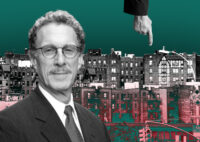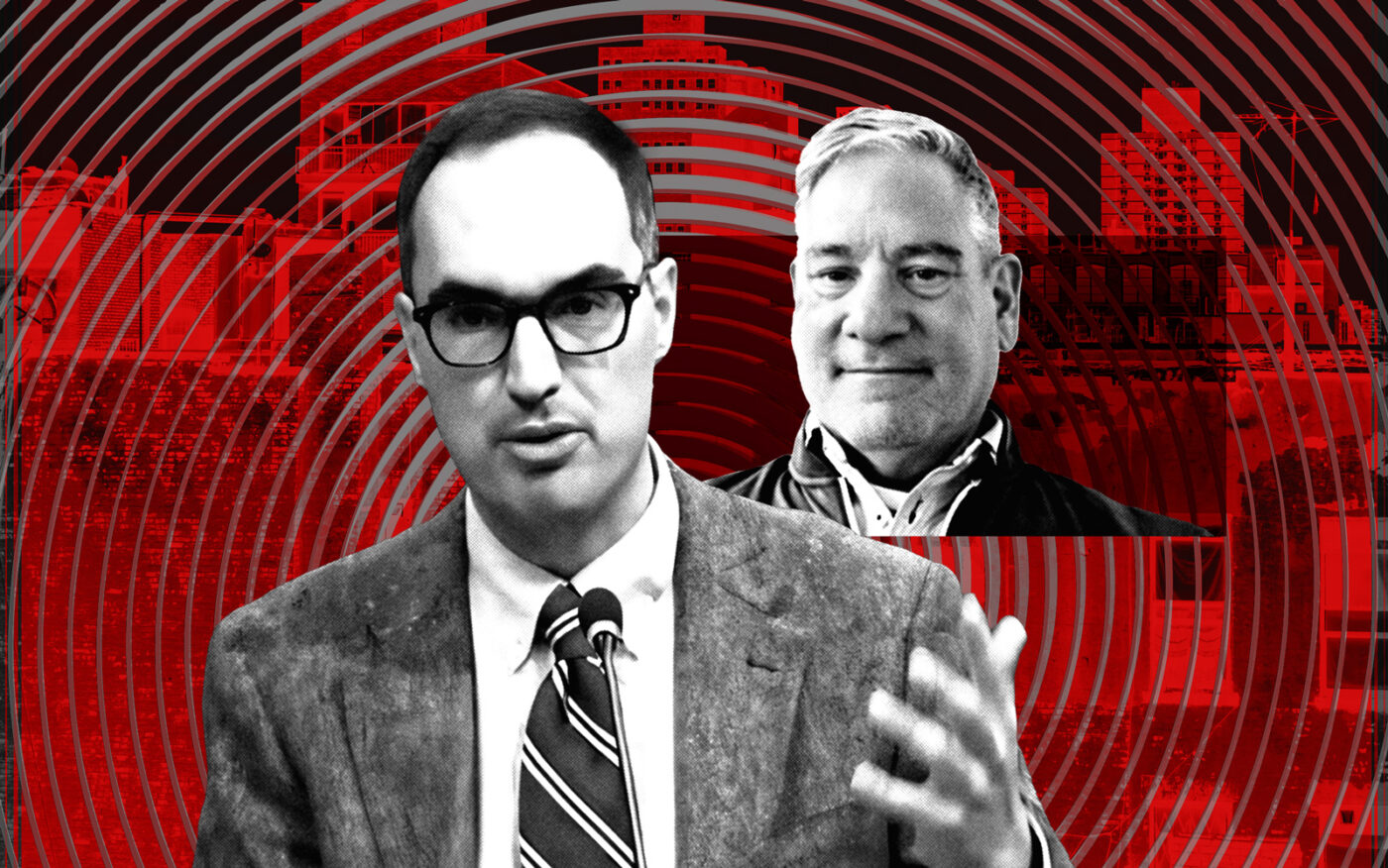The nonprofit watchdog Citizens Budget Commission has joined the rising chorus of industry observers — and now independent researchers — calling on the city to step in and address the growing distress afflicting rent-stabilized housing.
Unlike NYU’s Furman Center, which sent up flares last month but did not propose specific solutions, CBC singled out the entity that needs to act — the Rent Guidelines Board — and steps it could take to avoid a “maintenance ‘death spiral’” in which the expense of repairs exceeds what it would cost to build a whole new building.
The 2019 rent law effectively capped revenues, rendering it impossible to recoup the expense of building-wide or apartment-level renovations. The change has driven deferred maintenance.
The expiration of J-51 in 2022 then cut another key tool to fund improvements — the program lowered property taxes for owners who made repairs. (The program was revived late last year, though for some owners, the timeline to apply is tight.)
Combined, owners working with insufficient revenue have had few routes to fund building maintenance.
CBC’s Sean Campion proposed the RGB shift operations in two ways.
First, the board could increase rents to at least keep pace with inflation, Campion, the nonprofit’s housing and economic development director, testified at the RGB’s sixth meeting of 2025. Adjustments have historically lagged the annual rise in expenses the board tracks.
The RGB does not factor in debt service or big renovations, meaning the deficiency is likely greater than what the numbers show.
The preliminary range the board approved last month, which heavily informs the final vote, would increase rents on one-year leases by 4.75 percent at maximum. The board’s data found a 6.3 percent hike was needed to match inflation.
Second, the board could report on the physical and financial health of regulated buildings.
Currently, neither the state nor city is legally required to report on building quality, CBC said, and it’s tricky and time-consuming to connect data on a property’s violations, unpaid fines or income changes, for example, to its stabilized makeup, age and location.
A new report could accomplish that, providing a more granular read on how revenue deficiencies are playing out on the ground, as well as how the level of deterioration varies between stabilization rates and in different areas of the city.
As it stands, the board bases its adjustments on the annual change in median net operating income across all rent-regulated buildings — which include newer stock, some stabilized at market rates. It then considers the shift in NOI alongside the consumer price index to spit out a recommended rent adjustment.
Property owners and trade groups claim the data fails to isolate the older, entirely rent-stabilized stock, whose owners have struggled to maintain buildings or cover loan payments since the rent law passed. The only route to raise rents is through the RGB’s inflation-lagging annual adjustments.
By the numbers, a 2025 RGB report found the median income of 100 percent regulated properties built before 1974 citywide was $1,343 per unit; in the Bronx, it was even lower: $1,212. Meanwhile, the cost of running a rent-stabilized building well was about $1,250 a unit, an analysis by nonprofit lender the Community Preservation Corporation found
So, if owners do have a cushion — it’s about $100.
CBC also echoed The Furman Center’s warning that neither city programs nor its budget will be able to bear the weight of distress. They can’t be scaled to meet the growing need, Campion argued.
For example, Third Party Transfer and Neighborhood Pillars, programs that pay nonprofits to rehab buildings, cost the city two-to-four times the value of those buildings, a CBC data analysis found
Article XI, which cuts or eliminates property taxes for owners who fix up their properties, helps landlords but eats away at city revenue.
The combined cost of Article XI or 420-c — a similar program run by the state — has surged 80 percent since the rent law passed to nearly $900 million, or a little less than 20 percent of the $5.3 billion in tax revenue rental buildings generated during the last fiscal year.
As the Furman Center’s Mark Willis put it during his testimony in April, “Unless we vastly increase the amount of budget for subsidized housing, almost all of it is going to have to go to rescuing these buildings.”
Read more



